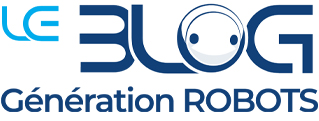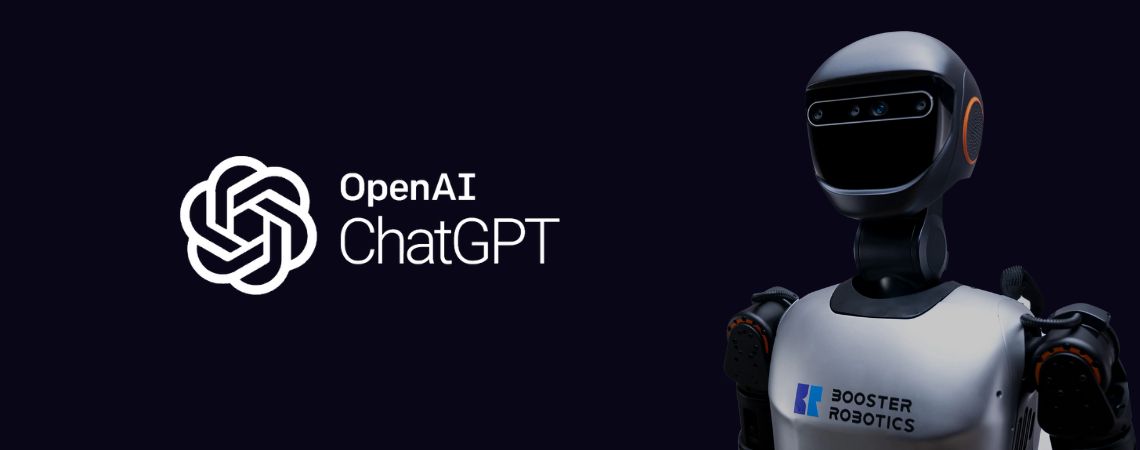We’ve all talked to a voice assistant or asked a question to ChatGPT. But now imagine having that same conversation… with a humanoid robot. What seemed futuristic a few years ago is becoming reality. AI is transforming the way we interact with robots, and this is especially true for humanoids.
When a Robot Becomes a Conversational Partner
A humanoid robot is designed to resemble humans, not only in appearance but also in behavior. It can walk, recognize a person, react to gestures. What was missing was conversation.
With ChatGPT, everything changes. The robot can respond fluently, adapt to questions, improvise. The exchange is no longer fixed or predictable: you can have a real discussion.
Platforms for Experimentation: Booster T1 and K1
At Booster Robotics, the T1 and K1 models are not living room gadgets. They are platforms designed for researchers and developers, built to test, experiment, and innovate.
Booster T1: Made for Developers & Researchers
The Booster T1 is clearly positioned as “Made for Developers”. It is lightweight, flexible, and robust—perfect for testing motion algorithms or complex scenarios. It has already proven itself in competition: it was showcased at the Nvidia Spring Festival and was part of the adult-size winning team at RoboCup 2025.
Booster K1: Designed for Research, Education and RoboCup
The Booster K1 is more compact and well-suited for research and development. It is widely used in competitions and educational projects (RoboCup, etc.).
These robots are anything but decorative: they serve as real testbeds for experimenting with use cases involving embedded AI, navigation, perception, or motor control.
Temi: A Robot that Moves and Talks
Another interesting example is Temi, a service robot that has already won over many professionals. Unlike humanoids, Temi has no arms or expressive face, but it can move autonomously, follow a person, and interact through AI.
In a company or reception center, it can guide a visitor, answer questions, start a video conference, or present information. With ChatGPT, Temi becomes even more flexible: conversations feel natural and it can handle varied situations without rigid scripting.
Concrete, Real Applications
Here are some clear examples:
- In a laboratory, the Booster K1 becomes a tool to test AI algorithms in real conditions.
- In research, the Booster T1 is used to refine locomotion, perception, or robot interactions.
- In a business setting, Temi can guide a visitor and answer questions without being pre-programmed line by line.
- In education, a humanoid equipped with ChatGPT can answer students and encourage their curiosity.

Conclusion
Humanoid robots like the Booster T1 and K1 are not marketing gimmicks. They are meant to be developed, tested, and improved in serious research and education contexts. And Temi, more pragmatic, shows how AI makes these machines useful in everyday life. This is not futuristic anymore. It’s already accessible.

